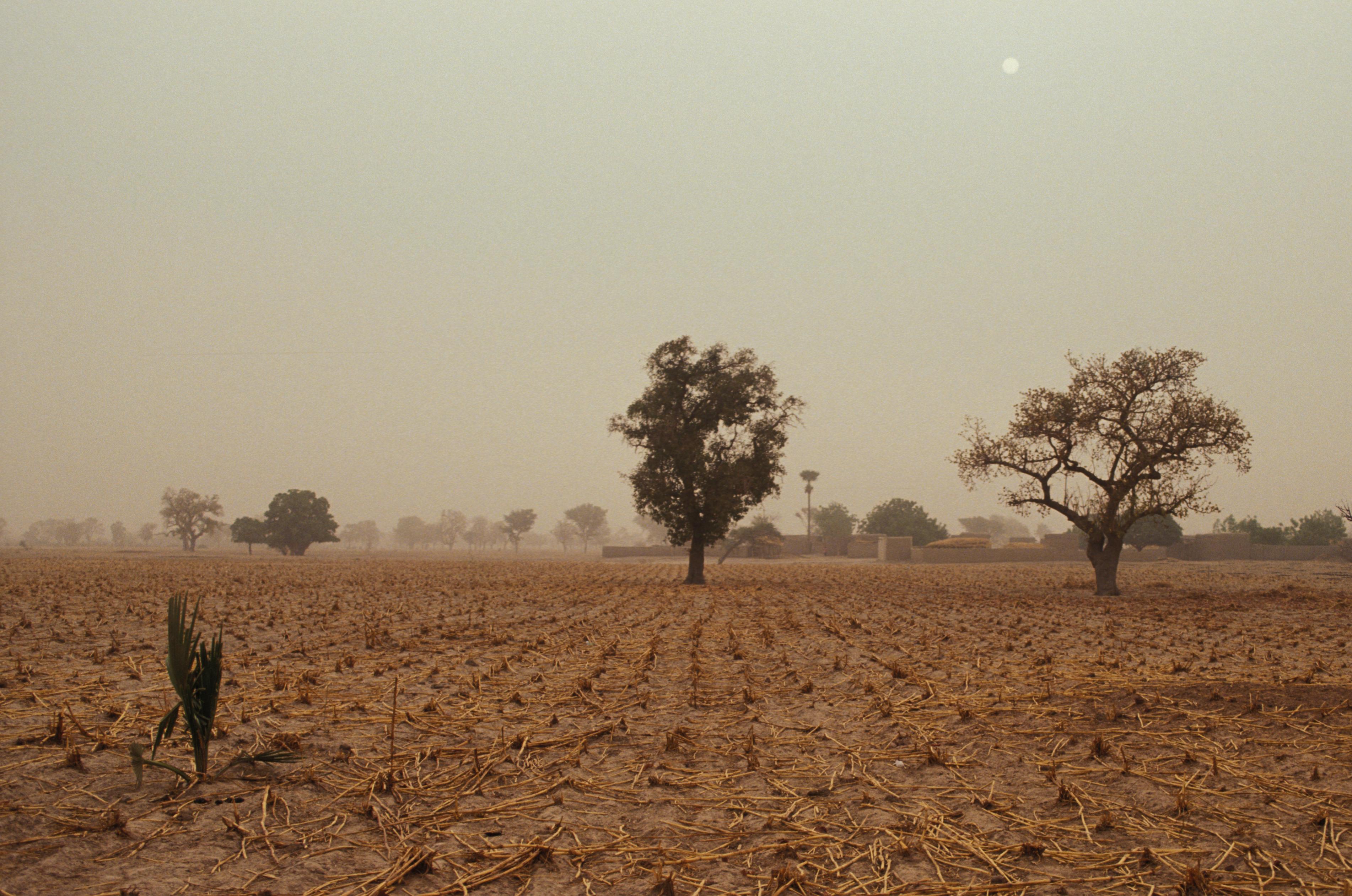
Changing Risk, including Climate Change
Risk assessments need to account for temporal and spatial changes in hazard, exposure, and vulnerability, particularly in rapidly urbanizing areas or where climate change impacts will be felt the most. A risk assessment that provides an estimation of evolving or future risk is a way to engage stakeholders in carrying out actions now in order to avoid or mitigate the risk that is accumulating in their city or country.
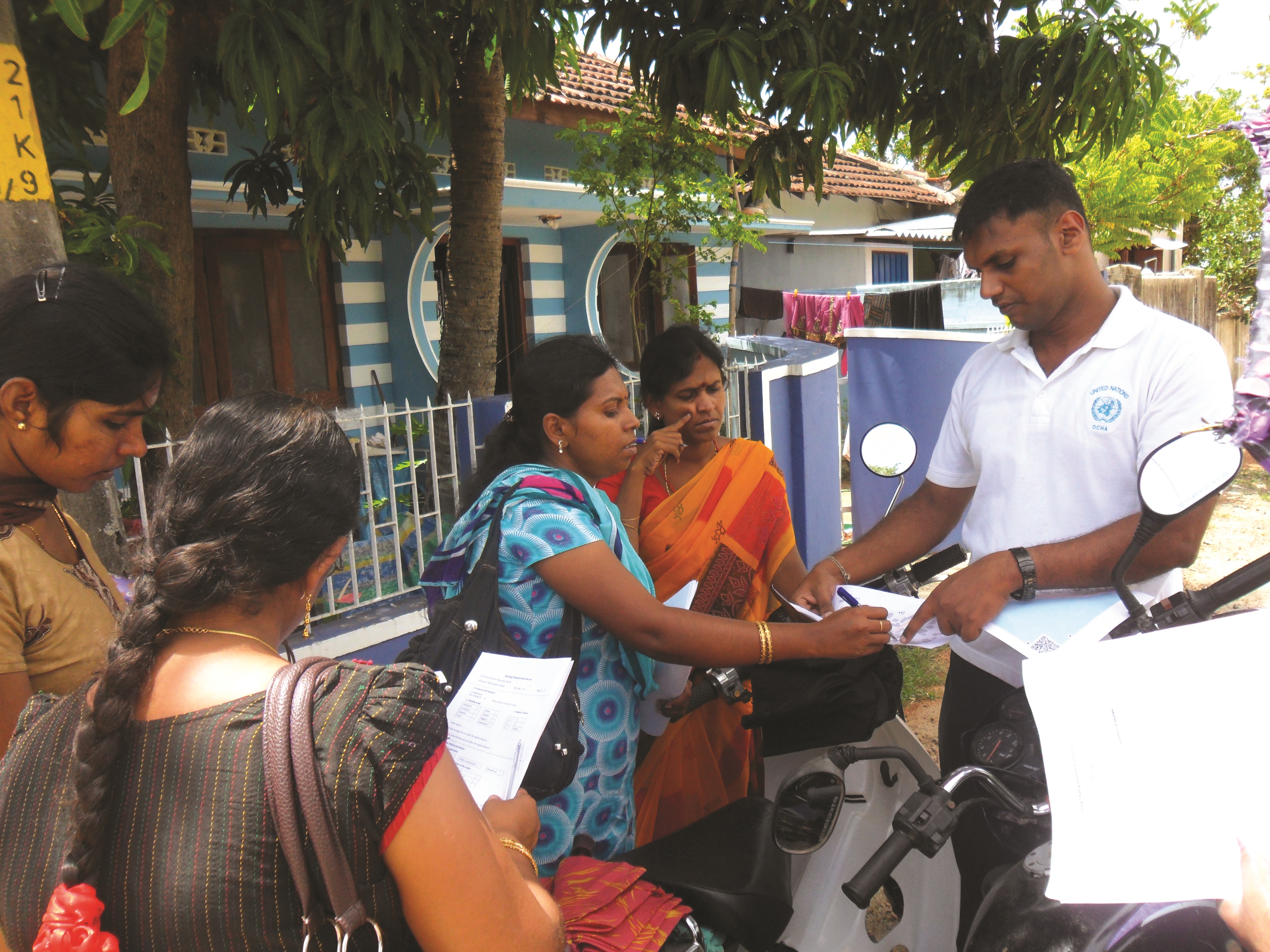
Crowdsourcing
Crowdsourcing, otherwise known as participatory mapping, has become a common and valuable tool for collecting detailed bottom-up data used to develop exposure data at a local scale as well as for validation of global scale geospatial information.

GIS
Geographic information systems allow for the capturing, storing, analysis, and management of georeferenced information, and is a key underlying element to risk assessment.
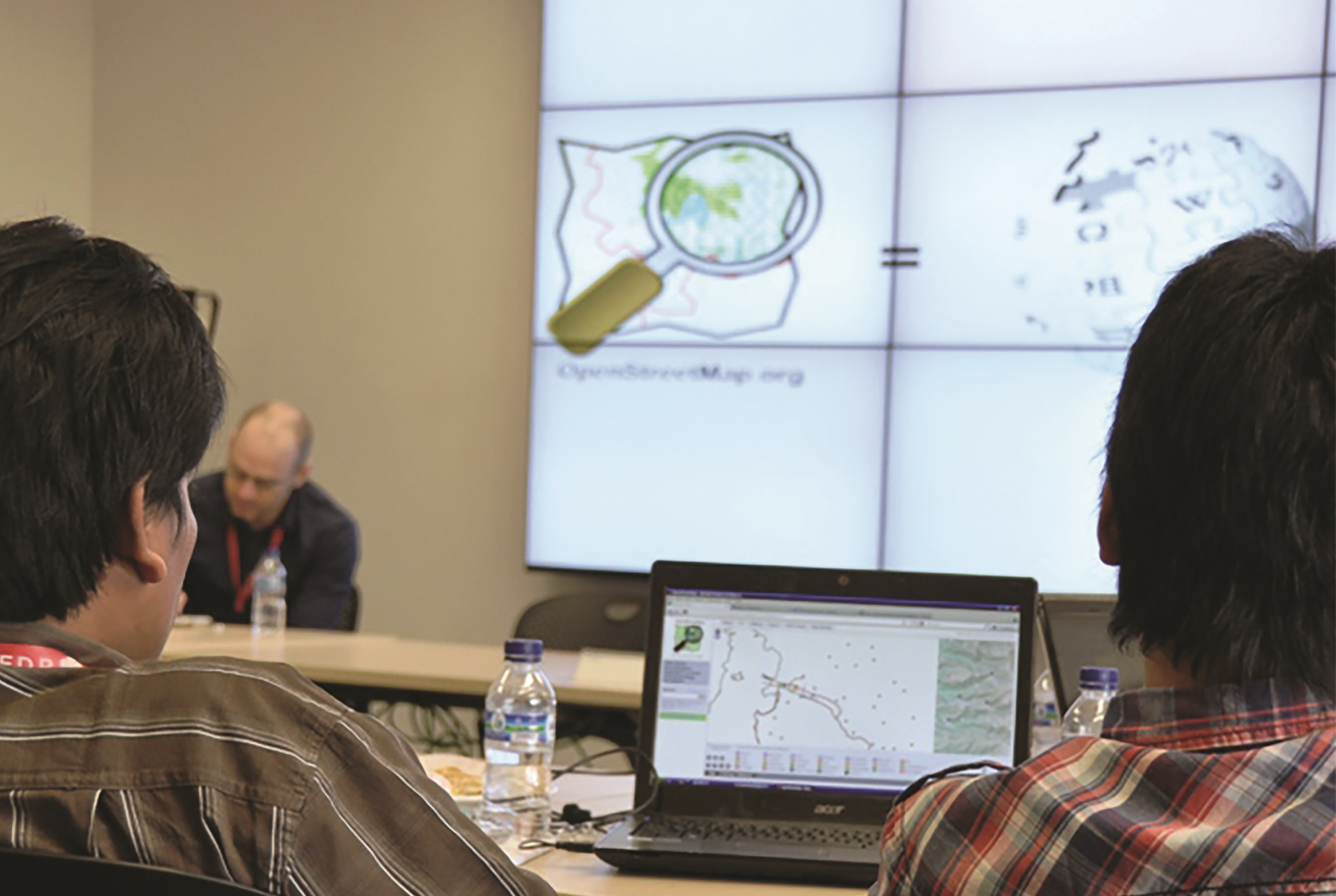
Open Source
Open source refers to a software package model whose source code (programming language) is available for access and viewing. The quality and availability of open access/open source software has grown significantly over the past few years.
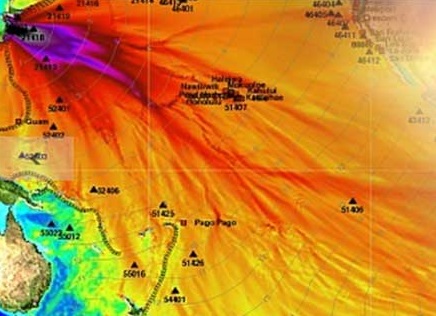
Risk Assessment
Risk assessments provide an opportunity before a disaster to determine the likely deaths, damages, and losses (direct and indirect) that will result from a hazard event, and to highlight which actions will be most effective in reducing the impacts on individuals, communities, and governments.
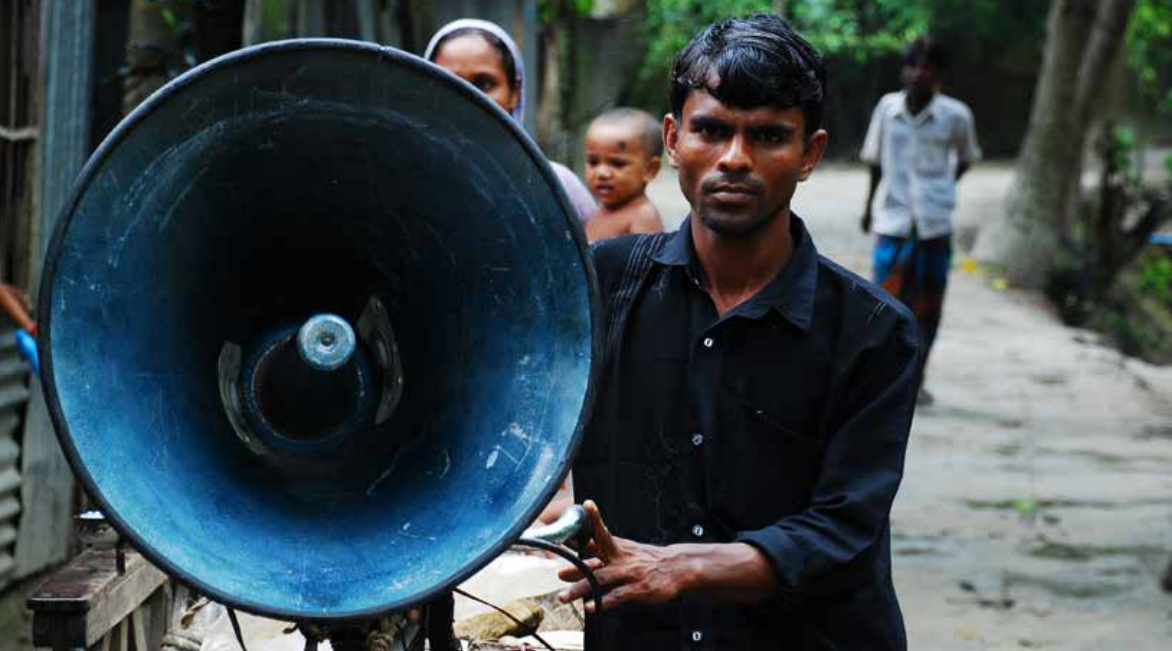
Risk Communication & Perception
In a world of present, emerging and evolving risks, the dialogue, language and perspectives used in understanding risk play an important role in risk management. Risk communication is an essential component of disaster risk identification, taking the information produced from risk assessments and translating it into understandable, useful and actionable pieces of information.
